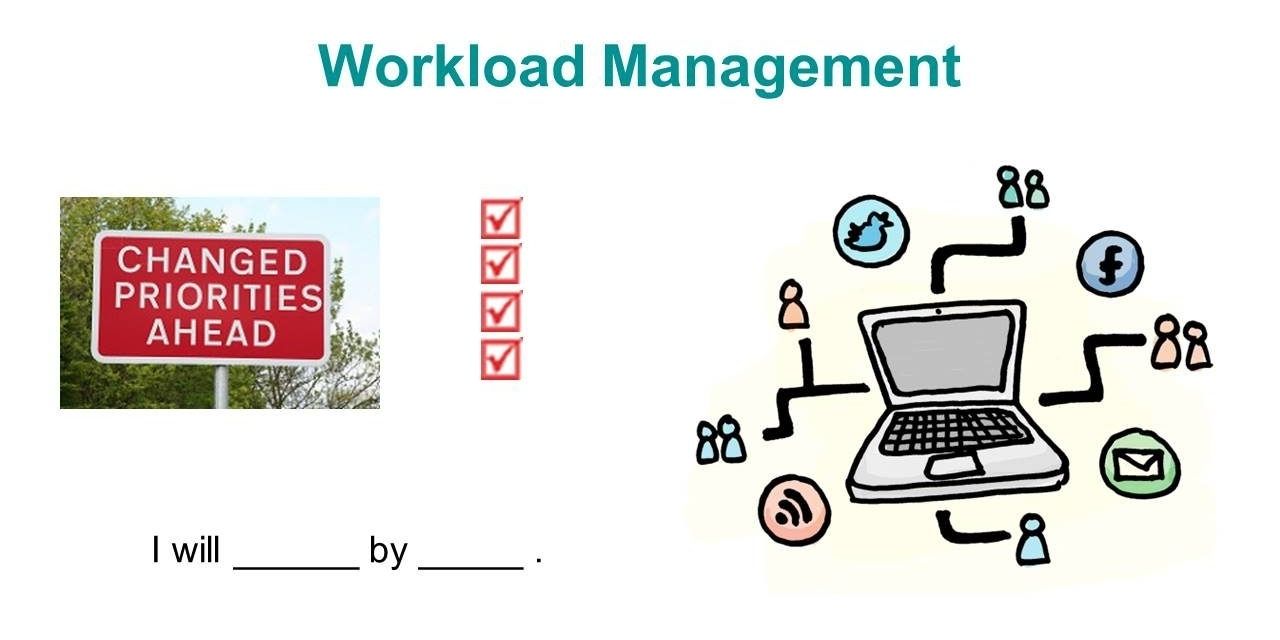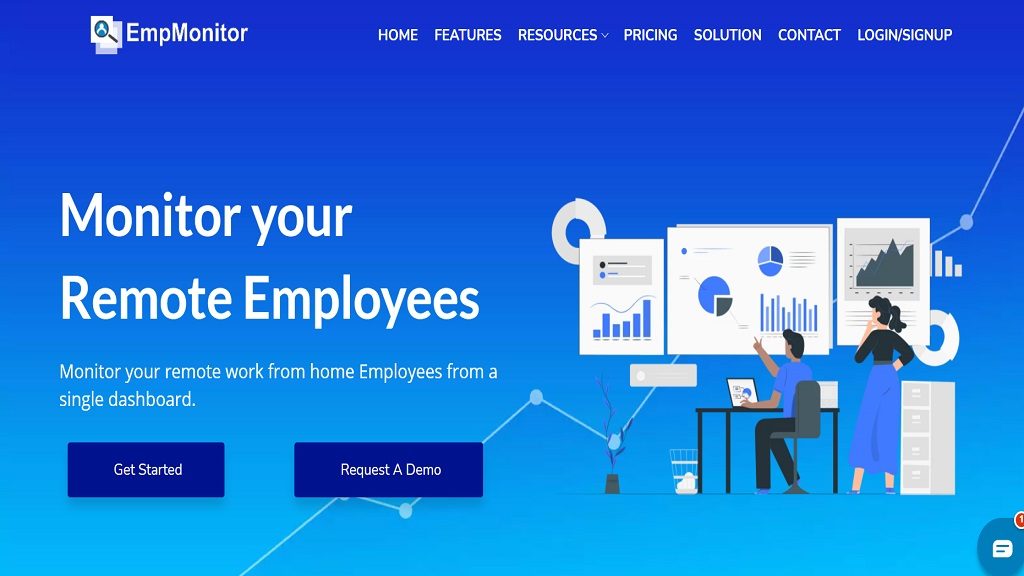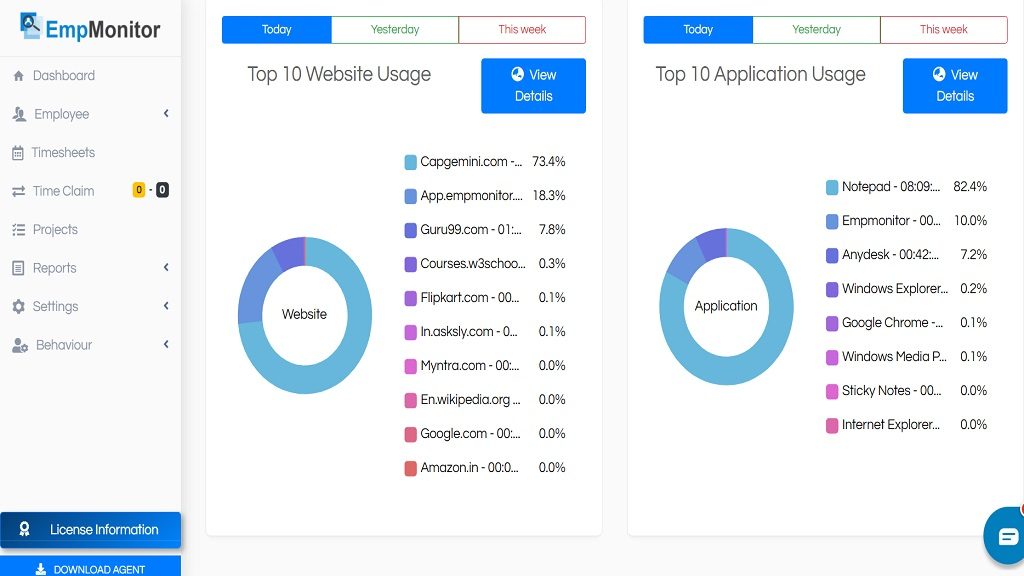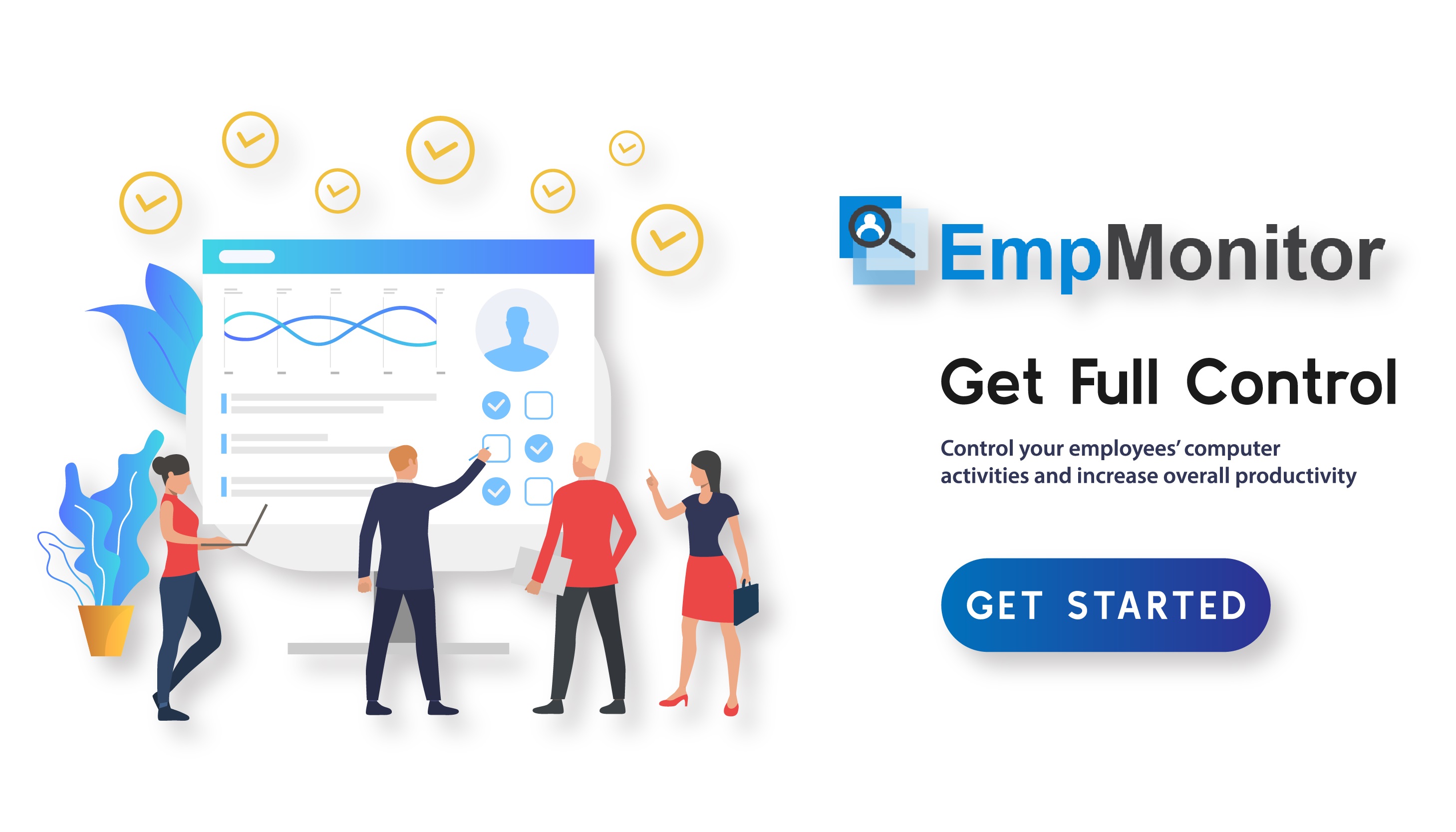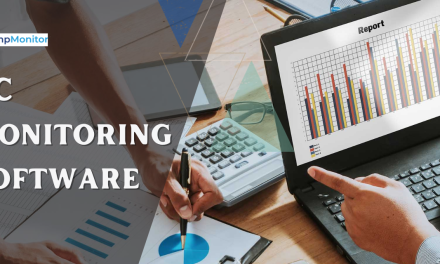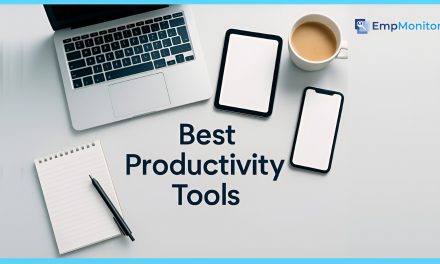Delegating work to your team is a huge responsibility and a test of your workload management skills. As a leader, you have to make sure that your team members stay on track and are productive.
Effective workload management is more vigorous than it sounds! It is a business strategy where you intelligently assign tasks to the right people, balancing the workload efficiently to achieve goals faster.
While designing a workload plan for your organization, you must be wary of underperformance, improper work allocation, unrealistic time frames to avoid failure, and last-minute delays.
Having a best laid out workload distribution plan facilitates better planning, time management and clarifies task-related doubts. Not to forget, best laid out plans fail many times because of the lack of follow-up. So, regular follow-ups with team members are equally necessary for effective workload planning.
Team workload management is a balancing act of many permutations and combinations where some business needs are predictable while few change daily. Also, task distribution plays a crucial role in helping employees avoid burnout and inefficiency at the workplace.
The real test of your management skills as a leader is to check one’s utilization over time and save your best performers from burnout.
The objective here is to delegate tasks to meet deadlines without overburdening the employees.
In addition to these crucial aspects of getting things done on time, workload management apps/ software enable the distribution of tasks as per one’s ability and availability.
What is a Workload Management System?
Workload management systems are tools that enable balanced distribution of workload according to each team member’s skill, availability, and aptitude.
The goal is to accomplish a given set of tasks within the allotted time frame, maximize employee performance and manage workload by using every resource efficiently.
It provides immense satisfaction among team members as they deliver high-quality service at a faster pace.
Workload distribution is the deciding factor in providing optimal performance for applications and users, where it makes sure that no single processing node is overworked or some others are underutilized.
Furthermore, it provides organizations the capacity to micromanage to maximize workload throughput and enhance productivity.
The Process-
Different workloads of a system are handled through a workload manager to fulfill some expectations by controlling the access of the workload to system resources like memory, computing power, and I/O units through prioritization or algorithms specified by the system administrator.
Some workloads take more I/O operations, less computing power, and vice versa based entirely on the type of workload.
The workload manager ensures all workloads are distributed evenly among available execution units or servers. In a simple web application, workflows with thousands of users at once, with multiple servers, must share the load evenly controlled by the workload manager or meta-schedulers. This process is automatic load balancing in cloud computing.
Also Read– Top 10 Workforce Management Software 2022
Why is Workload Management Important?
Efficient workload planning enables even distribution of work across teams, reducing burnout for overworked employees, and provides enhanced productivity for the organization through workload management software or tools.
The way you distribute work is sometimes the deciding factor when it comes to productivity, as it impacts every aspect of your business. Investing time in creating a good workload distribution strategy speaks volumes about your technical skills, people management skills, and common sense.
Workload management applications provide real-time insight, so you can manage your team workload effectively to promote balance and satisfaction among team members.
A recent study found that employees are less satisfied when they think workloads are unbalanced, creating distraction and a lack of compatibility among a group.
Benefits-
- Effective management in workload distribution will make your team happy, healthy, and productive.
- Enhanced productivity for the organization.
- When you understand the distribution mechanism, your team members feel in tune with the organization.
- It helps you identify skill gaps.
What are Workload Management Tools
Workload management tools help managers understand and track assignments, deadlines, and resources. A project management software tool, whether digital or paper, is useless without the necessary skills project managers need to understand the technology before introducing them to their teams.
Resource Management Tools can help in the following ways:
- Resource management tools let you see the big picture of resource allocations.
- Automation software can route tasks and tickets based on employee capabilities or capacity, and automation can increase back-office output and help with prioritization and tracking.
- A work and resource management platform can aid in anticipating problems by revealing historical patterns of peak activity, such as extra staffing needs, etc.
- Data from a tracking system can show employee work patterns, and you can make necessary performance improvements.
Workload Management Tips
- Spend time reflecting on upcoming tasks and the human resources. Also, focus time on identifying skill sets needed to complete upcoming projects.
- Discourage long hours as quality is always more important than overtime.
- Review your long-term goals monthly.
- List short and long-term goals for better clarity.
- Ensure writing daily to-do lists among team members and yourself.
- Segregate important tasks, priority tasks and daily tasks to determine what needs immediate action.
- Communicate openly with team members regarding work goals.
- Keep social media and email distractions at bay.
- Good time management habits, good behavior, and good people skills always is a winner.
- Set realistic goals.
Also Read– Optimizing Tech to Boost Workplace Performance
How to Effectively Handle Workload
1. Evaluate Workload and Team’s Capacity
Understand the milestones and list down all the projects, tasks, timelines, and processes to be finalized. Organize your list into separate tasks from hard to simple.
A work management platform facilitates the whole equation by clarifying the scope and keeping track of past activity. Analyze the team’s bandwidth for current projects and figure out expectations.
Also, prioritize your tasks on urgent or priority work and note down the respective duties of each department.
2. Allocate Resources and Tasks
Assign priority work first and assign other tasks later. Ensure you have sufficient time for harder tasks with your best resource and can tackle easy tasks later.
Use a calendar to mark assignment start and finish dates to identify employee burnout and conflicting due dates.
One of the important aspects of workload management is understanding the skillsets, temperament, and soft skills of your employees.
To excel in planning, you as a leader need to be more understanding in analyzing the right talent of each employee and tell them that you are a valued team member because of this talent.
Positive reinforcement from the leaders will boost their motivation level, and they will start feeling ownership for the project.
As a manager, you need to understand the strengths of your team members and apply them in places where they excel or sometimes cross their limits for the passion for that talent. You are a winner if you understand and bond with your team members.
Discuss assignments with the people to understand their viewpoints and make them feel valued because they know best what workload they can successfully handle.
Ensure you aren’t burning out your top performers with unnecessary HR policies. Take charge and understand the workload requirements as per your gut feeling.
3. Follow-up for changes
Always follow up on the progress of your team members because even the best-laid plans don’t always work. Therefore, you must ascertain if everything is going according to the workload management plan or not.
Monitor progress, but never overlook signs of stress or overwork. Remember employees are human beings not machinery.
4. Team Efficiency
Always focus on steps to enhance your team’s efficiency, whether through discussions, motivational talk, the right training, or providing them the right platform to work on.
If a task can get completed quickly through software, train them rather than making them work overtime due to some strict HR rules. This not only will increase the efficiency of the employee but will increase the employee retention rate as well. Some employees feel overburdened due to strict HR policies and look elsewhere for a better work-life balance.
Steps to Increase Team efficiency-
- Cut out unnecessary meetings
- Provide them adequate training and development on project management skills.
- Leverage on individual employee strengths
- Focus on quality not the quantity of work hours.
- Do not follow the softwares blindly, use common sense to evaluate work efficiency.
Workload Management Software
Ensure using an efficient resource management tool like EmpMonitor that can monitor the work across multiple teams and individuals based on their ability, skill, and availability.
This workload management application facilitates task management, reporting, project management, time tracking, collaboration, and client management.
EmpMonitor
EmpMonitor is making organizations more productive, compliant, and secure with its AI-powered remote team management capabilities monitoring user activity from a centralized location.
This remote resource management software is advanced, intelligent, and integrated to lower the risk, and you can access your account from any internet-enabled device from anywhere at any time.
It provides the liberty to view and manage the activities instantly for quick solutions in real-time.
EmpMonitor Key Features-
- Time Management
- User Management
- Get real-time insights
- Attendance management
You can track productivity of the employees location wise, department wise, and also check top 10 productive employees, top ten non-productive employees through its dashboard.
Also, it provides activity breakdown screenshots(See image below) based on active hours, office hours, neutral hours, idle hours, productivity hours, and non-productive hours.
For understanding the work patterns of employees, it shows the top ten website usage and top ten application usage. (Refer to the image below)
Latest Offering from EmpMonitor Blog-
Data Theft- A Virtual Pandemic without a Positive Cure?
What is the Best Time Tracking Software for Productivity
Remote Staffing Vs Outsourcing- What’s the Difference?
To Sum Up
Nothing can grow without planning, management, and discipline! With a proper workload management plan, you can have satisfied employees with better health and enhanced productivity for your organization.
We hope you implement the above-shared guidelines and have a healthy, productive workspace environment in your organizations.

